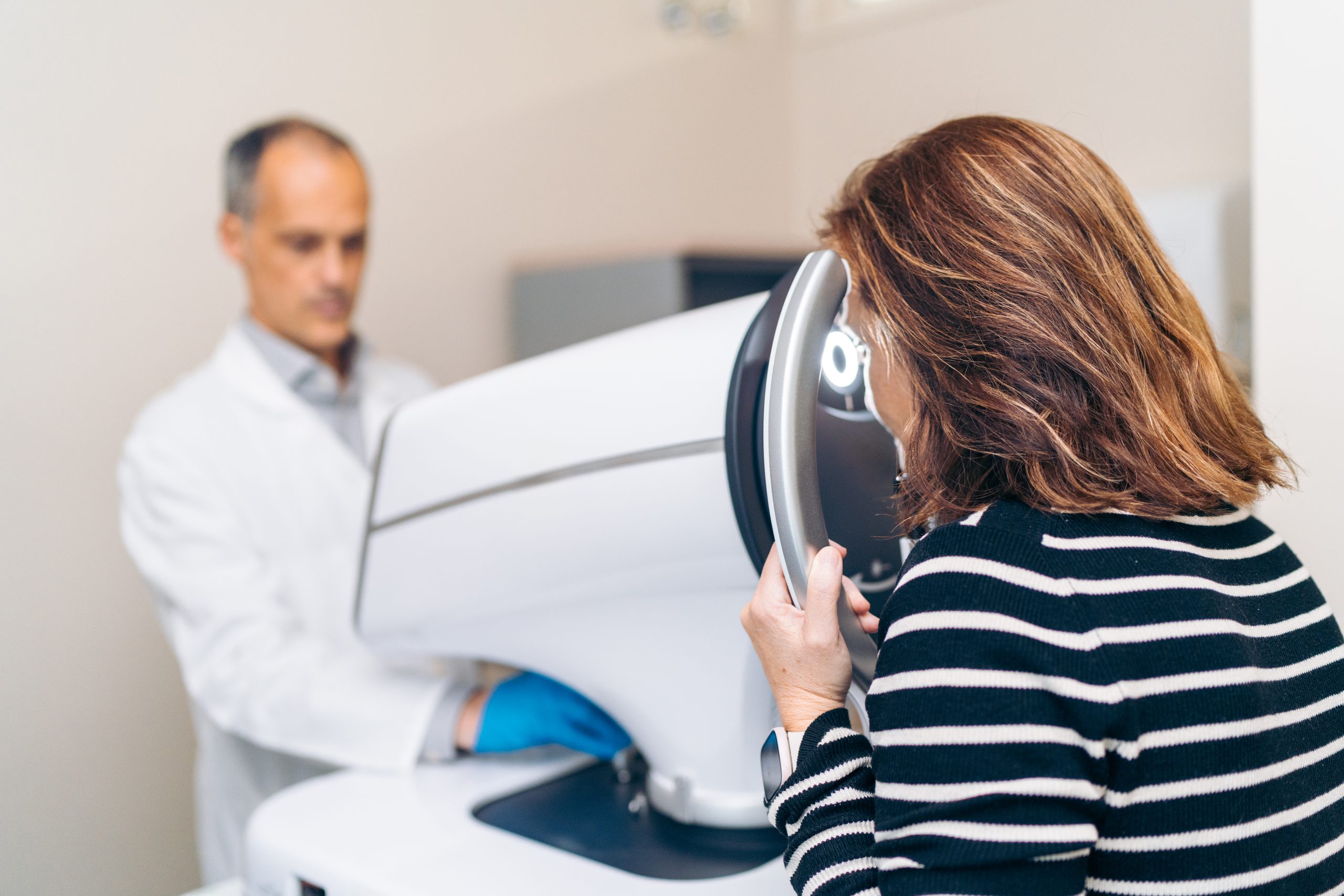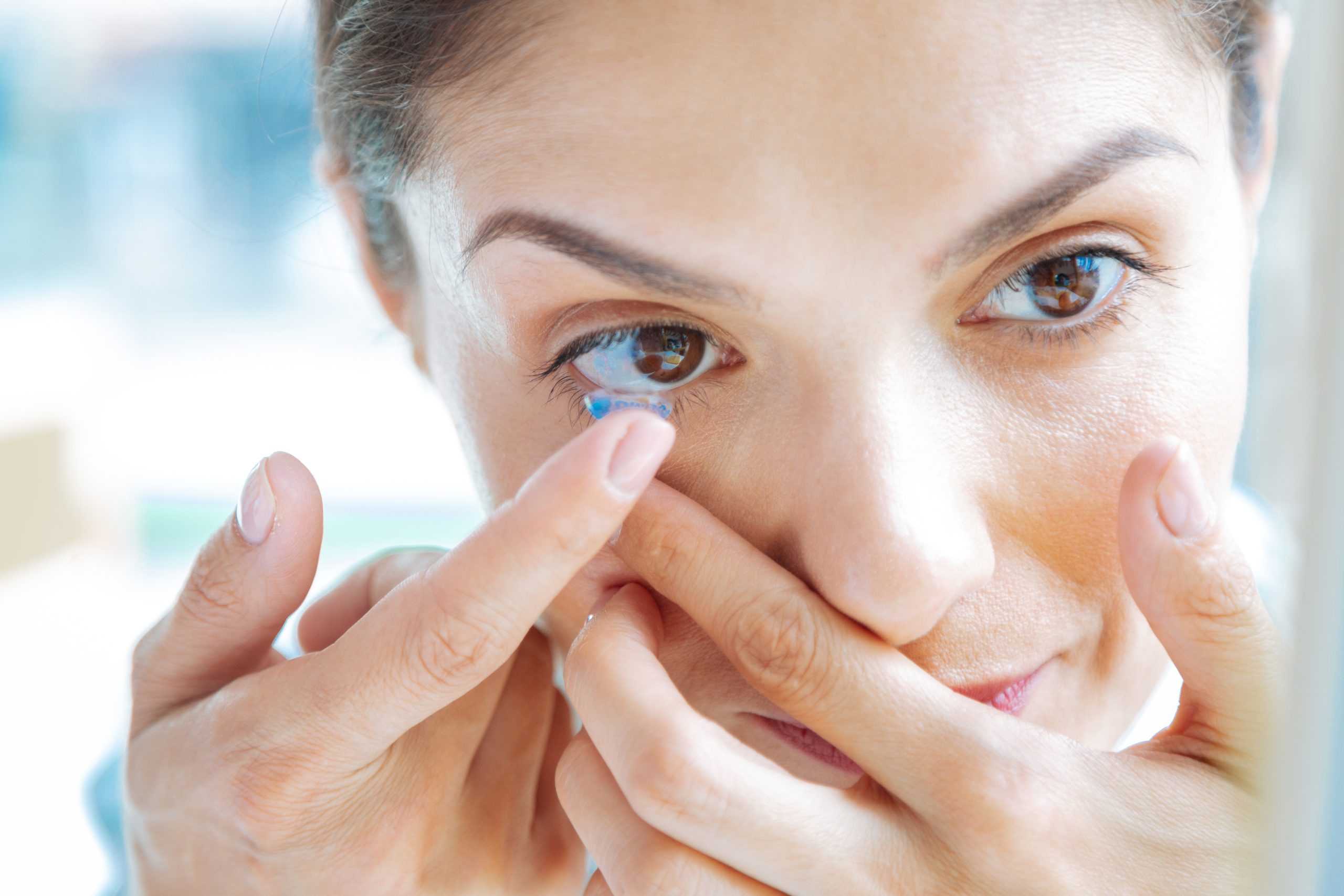Comprehensive Guide to Tonometry
Introduction
Tonometry stands as a cornerstone in ophthalmic diagnostics, playing a pivotal role in the assessment of intraocular pressure (IOP) – a critical parameter in ocular health evaluation. This comprehensive guide aims to illuminate the significance of tonometry, delve into the diverse methods employed for measuring IOP, dissect the intricacies of interpreting tonometry results, and elucidate the myriad clinical applications of this indispensable technique.
The Significance of Tonometry
Intraocular pressure serves as a vital physiological parameter, exerting influence on ocular structures and functions. Elevated intraocular pressure poses a significant risk factor for the development and progression of glaucoma, a sight-threatening condition characterized by optic nerve damage and visual field loss. Early detection of elevated IOP through tonometry facilitates timely intervention, aiding in the prevention of irreversible vision loss and preservation of ocular health.
Methods of Tonometry
- Goldmann Applanation Tonometry (GAT): Regarded as the gold standard in tonometry, GAT entails flattening a small area of the cornea using a calibrated probe. By precisely measuring the force required for applanation, GAT provides accurate and reliable assessments of intraocular pressure.
- Non-contact (Air-Puff) Tonometry: Utilizing a puff of air to indent the cornea, non-contact tonometry offers a non-invasive alternative for IOP measurement. While convenient and well-tolerated by patients, non-contact tonometry may exhibit variability in accuracy compared to GAT.
- Rebound Tonometry: Employing a probe that rebounds from the corneal surface, rebound tonometry measures IOP by analyzing the probe’s motion. This method is particularly suitable for patients who are unable to undergo GAT or require frequent IOP measurements.
- Tonometer Prism Measurement: Utilizing a small prism against the cornea, this method assesses the displacement of light reflected from the corneal surface to derive IOP measurements. While less commonly employed in clinical practice, tonometer prism measurement finds utility in research settings and specialized applications.
Interpretation of Tonometry Results
Interpreting tonometry results necessitates a nuanced understanding of various factors influencing IOP measurements:
- Corneal Thickness: Corneal thickness can impact tonometry readings, with thinner corneas potentially yielding underestimated IOP values and thicker corneas yielding overestimated values.
- Diurnal Variation: Intraocular pressure exhibits diurnal fluctuations, with higher values typically observed in the morning hours. Recognizing diurnal variations aids in contextualizing tonometry results and understanding their temporal dynamics.
- Clinical Context: Tonometry findings should be contextualized within the broader clinical picture, considering factors such as optic nerve appearance, visual field testing results, and individual patient characteristics.
Clinical Applications and Considerations
Tonometry finds diverse applications across various aspects of ophthalmic practice:
- Screening and Diagnosis: Tonometry serves as a cornerstone in glaucoma screening and diagnosis, enabling the identification of individuals at risk for elevated IOP and subsequent optic nerve damage.
- Treatment Monitoring: Regular tonometry assessments facilitate the monitoring of disease progression and treatment response in patients with glaucoma, guiding therapeutic interventions and optimizing patient outcomes.
- Emergency Situations: In acute ocular conditions such as angle-closure glaucoma or ocular trauma, tonometry plays a crucial role in assessing intraocular pressure dynamics and guiding emergent management strategies.
Conclusion
Tonometry stands as an indispensable tool in the armamentarium of ophthalmic diagnostics, offering invaluable insights into intraocular pressure dynamics and aiding in the early detection and management of ocular conditions, particularly glaucoma. By mastering the principles of tonometry, selecting appropriate methods based on clinical indications, and interpreting results judiciously, eye care professionals can deliver comprehensive and personalized care, safeguarding ocular health and preserving vision for their patients.
World Eye Care Foundation’s eyecare.live brings you the latest information from various industry sources and experts in eye health and vision care. Please consult with your eye care provider for more general information and specific eye conditions. We do not provide any medical advice, suggestions or recommendations in any health conditions.
Commonly Asked Questions
The normal range for intraocular pressure typically falls between 10 to 21 mmHg, although individual variability exists.
Tonometry primarily measures intraocular pressure and is instrumental in detecting conditions like glaucoma. However, it may not identify other ocular diseases directly.
Tonometry is generally safe, but some methods may cause slight discomfort or temporary vision changes. It’s essential to discuss any concerns with your eye care provider.
The frequency of tonometry testing depends on individual risk factors and ocular health status. Your eye care provider will recommend the appropriate screening schedule.
Yes, corneal thickness can influence tonometry readings, with thinner corneas potentially yielding underestimated IOP values and thicker corneas overestimated values.
Tonometry may not be part of every routine eye exam but is typically included in comprehensive evaluations or when there are risk factors for glaucoma.
Elevated intraocular pressure warrants further evaluation to determine the underlying cause, which may include additional testing and consultation with an eye care specialist.
Yes, tonometry can be performed on children or infants as part of pediatric eye exams to assess intraocular pressure and screen for ocular conditions.
While non-contact tonometry is convenient and well-tolerated, Goldmann applanation tonometry is considered the gold standard for accuracy and is often preferred in clinical settings.
Yes, intraocular pressure may exhibit diurnal variations, with higher values typically observed in the morning. Monitoring at different times can provide a more comprehensive assessment.
news via inbox
Subscribe here to get latest updates !








